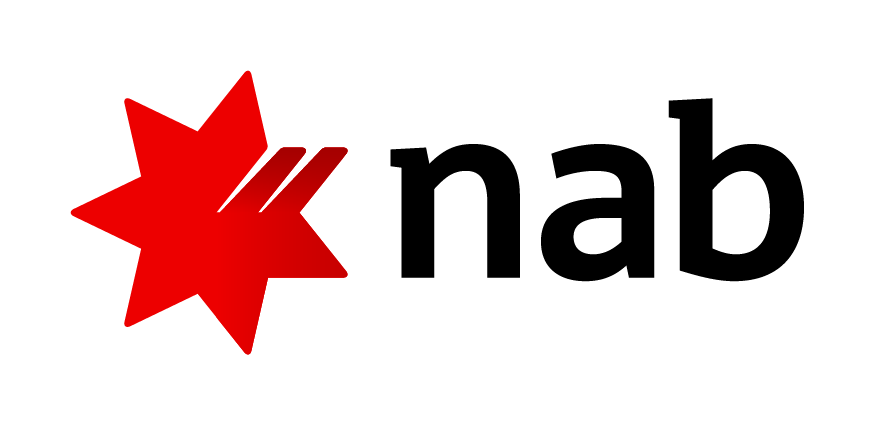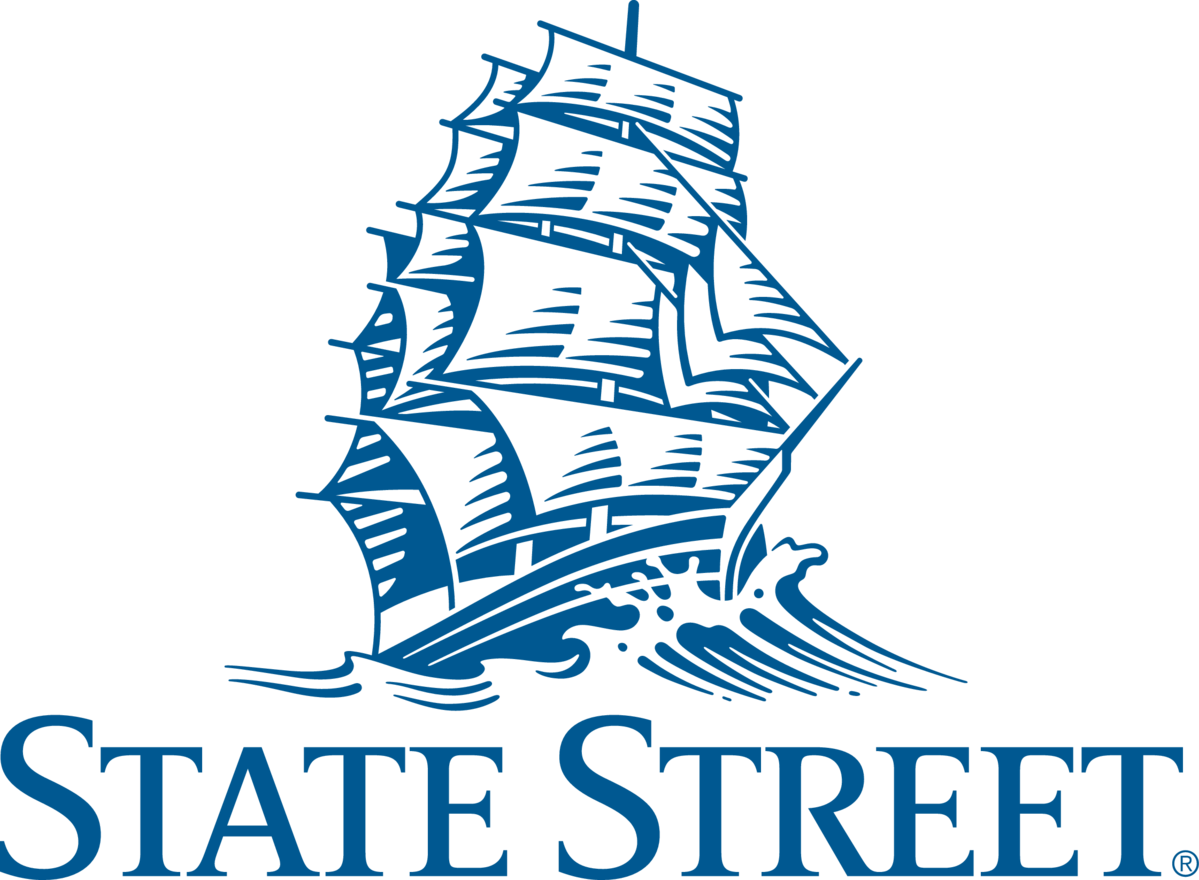Algo Tools | Supporting Alternative Execution Methods
Firms can deploy a wide range of FX Algos on 360T to help them achieve their execution goals.
Algorithmic trading is becoming ever more prevalent in the FX market, as more firms deploy these tools to reduce their market impact when executing, improve the efficiency of their trading and help them demonstrate best execution. That is why 360T has partnered with 16 top-tier banks to allow their clients to deploy their bank-developed Algos over our venue. In addition to this, 360T offers its own suite of Algos that clients can use to execute against individually curated liquidity pools. Different strategies are required to achieve different execution outcomes, and so 360T seeks to support the broadest range of different Algo tools to meet the demand of our clients.
Core Features
Seamless Functionality
More Liquidity Sources
Bank Algos Available for Trading on 360T

- TWAP: executes trades in a predictable timeframe – using advanced capabilities to make the market whilst reduce spread costs & minimizing market impact
Use when: Client wants certainty of execution in a given timeframe. - Dynamic: is a liquidity seeking algorithm that adapts its behaviour real-time, taking into account implied market liquidity patterns, market events & volatility patterns
Use when: Client wants to participate in line with market liquidity conditions and is less concerned around completion timeframe. - Peg: Peg places a moving order that targets levels within the spread of ANZ’s entire liquidity sources.
Use when: Customer wants to interact in a more passive fashion with the market and favours spread capture over speed of execution. - Passive: Passive is a market making strategy that never crosses the spread.
Use when: Customer does not want to cross the spread and is less concerned on the speed of execution. - Limit Participate: Trade at the nominated rate or better in market
Use when: Customer wants to execute at a particular rate or better.

- Whisper: Discreetly feeds your order into the internal brokering engine and liquidity to minimize market impact.
- TWAP: Executes at a time-weighted average price over your specified period. And seeks to improve execution by minimizing spread crossing.
- Iceberg: Exposes only part of your order at your specified price. Select a market or let the algorithm distribute your order intelligently across a broad range of markets.
- Tracker: Automatically places Iceberg orders that move with the market. Join, improve or sit behind the top of book.
- Access: DMA algorithm allows you to select the markets your order is executed in.
- GetDone: Accesses market liquidity when it appears at predetermined levels. Quickly executes your order, while keeping your interest hidden.
- Critical Mass: Aggregates and sweeps liquidity across markets. Provides fast execution with an option to quietly execute residual order amounts.

- BARX® GatorTM Orders: Brings together external liquidity from multiple venues and combines it with the BARX PowerFill orderbook and Barclays’ own liquidity.

- Chameleon: a third generation adaptive algorithm designed to work large size orders directly into the interbank markets.
- Viper: Aggressive, adaptive algorithm designed to work mid to large orders into the market.
- Iguana: an adaptive time-based algorithm that looks to dynamically work an order based on a user-defined schedule.

- Arrival: Aims to minimise slippage to the arrival price benchmark. Manages trade off between market impact and price risk in real time.
- TWAP: Aims to minimise slippage to the time-weighted average price benchmark over a set time interval. Manages the trade off between tracking the execution schedule and expected slippage, continuously tailoring order placement to market conditions.
- VWAP: Aims to minimise slippage to the volume-weighted average mid price over a set time interval. Manages the trade off between tracking the execution schedule and expected slippage, continuously tailoring order placement to market conditions.
- Volume Tracker: Target a configurable level of market volume participation. Dynamically scales passive and aggressive order placement based on real-time volumes and the target participation level.
- Sweep: Take liquidity at or better than the limit price, without showing visible resting interest externally. Sweep across the selected liquidity pools, working the balance via further aggressive orders as liquidity becomes available within the limit price.
- Post & Sweep: Take liquidity at or better than the limit price, placing visible resting interest externally. Sweep across the selected liquidity pools, posting into the primary market for the currency pair at the limit price to work the balance. Takes liquidity that becomes available within the limit price (and discretion).
- Peg: Capture liquidity passively in line with market prices. Posts resting interest at or near the top of book in multiple venues, favouring those with higher fill ratios.

Why use Commerzbank algorithms?
- Reduced footprint :Commerzbank’s highly curated global liquidity allows us to significantly reduce your signalling risk and information leakage, avoiding HFTs participating on the primary and ECN markets.
- Anonymous market access: Execution anonymity as the market will only see the Commerzbank name.
- Uniqueness: Commerzbank accumulates forward points on each child fill throughout the life of the algorithm opposed to only adding forward points at the end of the spot execution.
- Experience: Strategies derived from proprietary technology and models used daily in the hedging and risk management for our eFX market making business.
- Analytics: Continuous venue analysis including fill rate, flow toxicity, pre-fill momentum, post-fill reversion, and cost analysis.
Strategies:
- TWAP Advanced minimises slippage against time-weighted average price for a fixed time horizon.
- Tracer keeps the order at a constant distance by dynamically pegging to themarket. Tracer will not cross the spread.
- Hunter continuously searches for price improvement from numerous liquidity sources whilst also working as a resting Iceberg on primary markets.

- EAGLE: Aggressive liquidity taking algorithm
- FALCON: Volume opportunistic algorithm intended for urgent execution
- TWAP – Time Weighted Average Price: helps minimize the slippage against the TWAP benchmark.
- OWL: targets a percentage of historical volume.
- SWAN: Peg to the Bid/Offer without changing the limit price
- XTX Execution Algo: A unique implementation shortfall strategy offered in partnership with XTX Markets, with the aim to reduce overall slippage to arrival price

- Time / Volume based: Strategies that will intelligently work bids / offers and spread trades out over time based on a schedule, aiming to track a time-weighted or volume-weighted benchmark.
- TWAP
- VWAP
- Passive / Iceberg: Strategies designed to maximise spread capture and/or simulate iceberg trading.
- Float
- Reserve
- Opportunistic: Adaptive strategies which seek to maximise liquidity and minimise signalling risk / market impact.
- Guerrilla
- Sniper
- Hybrid: Strategies that combine the best aspects of AES FX core strategies into a single compound strategy.
- Float Guerrilla
- Float Sniper
- Price Inline

-
ICEBERG: An aggressive algo (sweep and post) using a predefined display quantity, a limit price must be specified.
-
STARK: Executes dynamically, participate in the market with passive and aggressive orders placed in an opportunistic way.
-
TWAP: Trades evenly over a defined time period, while still using intelligent limit order pricing techniques to capture spread and reduce market impact.
-
VWAP: Trades in line with the historic volume profile, while still using intelligent limit order pricing techniques to capture spread and reduce market impact.
For more information please contact your Deutsche Bank representative.

- Dynamic Hybrid
- Decides when to post passively and when to aggress. Speed settings aim to increase or decrease the marketability of the order.
- Aims to reduce spread cost through passive execution in quiet markets, while adapting to changing market conditions by paying attractive levels.
- Dynamic Aggressive
- Sweeps to fill against available liquidity respecting the “No Worse Than” limit level.
- Aims to execute quickly and efficiently.
- Dynamic Iceberg
- Dynamic Aggressive until the “No Worse Than” level, then posts passively at the “No Worse Than” level.
- Aims to execute quickly until a given level, then post passively with hidden interest.
- Pegged
- Posts passively in a combination of internal and external venues.
- Aims to reduce spread cost.
- TWAP
- Uniformly weighted execution over the specified window. Number/size of slices and strategy to execute each slice is highly customizable.
- Aims to achieve an average price while avoiding signalling risk through combination with a passive, smart, or aggressive approach to the slices.
- VWAP
- Weights execution over the specified window using a proprietary GS estimate of the intraday liquidity profile.
- Aims to achieve a volume-weighted average price.

- GetDone: aims to execute an order aggressively by optimally consuming liquidity across multiple venues, while taking into account current liquidity distribution and fill probability by different venues.
- HTWAP: aims to execute an order at an even pace by slicing the total quantity through time, managing the trade-off between passive and aggressive placement, with a view to maximize the fill probability while minimizing the cost.
- Implementation Short Fall: aims to minimize slippage relative to the market price at the order start time, while managing the trade-off between market volatility risk and market impact and optimizing between passive and aggressive placement on different venues.
- Liquidity Seeking: This algorithm aims to execute an order by placing slices passively across HSBC’s network of liquidity matching the pace of the market, with the aim to minimize price impact and information leakage during execution.

- Market Tracking
- Adaptive: Designed to monitor market price movements and takes action depending on the fills it receives. If there is price action and the algo is able to get passive fills, it will avoid paying additional spread. If there is price action and the algo obtains fewer fills it will pay more spread to get done
- Aqua POV: Adaptively interacts with the market by placing resting interest and taking liquidity.
- Float: Places interest as well as takes liquidity when available in order to capture a pre-determined percentage of market spread.
- Internal Tracker: Places resting interest as well as takes liquidity when available against J.P. Morgan’s internal liquidity. When using Dark Hybrid liquidity, Internal Tracker adds non-displayed external liquidity sources.
- Limit Based
- Sliceberg: Displays a user defined slice quantity at specified limit price and replenishes slices until full order is executed. Will attempt to fill remaining notional of order accordingly when liquidity is available at or better than specified limit price.
- Panther: Takes liquidity at the specified limit price or better until order is complete by placing resting interest on Internal liquidity sources and not exposing resting interest externally.
- Time Based
- TWAP+: Places resting interest as well as takes liquidity when necessary to finish on schedule.
- Aqua VWAP: Optimally schedules resting interest and taking liquidity based on historical and real-time market volume patters.

- Standard Benchmark
- TWAP
- VWAP
- Arrival Price
- Fixing Order
- Opportunistic
- Seeker
- Peg
- Level-Based
- Reflex
- Iceberg
- Limit (Bid / Offer)
- Stop Loss
- IOC (Mine / Yours)
- Multi-Leg Strategies
- Linked Order
For more information please contact your Morgan Stanley Sales and Trading representative.

- TWAP – Time Weighted Average Price: A TWAP splits the parent order into a series of smaller child orders that are executed evenly over the client defined execution period. NAB’s TWAP seeks to introduce an overlay of opportunistic behaviour to increase the percentage of passive fills and hence allows controlled deviation from the execution schedule.
- XTX – Implementation Shortfall: Designed to minimise the overall slippage to the arrival price. The algorithm aims to reduce market impact and it does this by utilising XTX’s ability to forecast short-term price movements.

- Limit: Achieves a better rate than the current market level whilst acting passively and attempting to capture the spread.
- Limit Pro: Executes up to the user-defined liquidation price using external liquidity.
- Peg Clipper: Minimizes market impact whilst giving you the opportunity to capture the spread.
- Pegged TWAP: Executes an order over a specified time frame.
- TWAP: Minimizes market impact by splitting an order into smaller clips

- TWAP: The strategy divides an order into equal suborders and submits them to the market at equal intervals over a time period set by the client.
- TWAP R: Automatically applies randomization to the execution amounts and times intervals of a normal TWAP with the aim of reducing market footprint.
- Iceberg: Multiple sub-orders executing at a limit price. Will only execute when all of the sweep size can be executed at the limit price. A timeout for the liquidity provider dealt with. Aims to reduce shown interest and reduce footprint.
- DStop: A Dynamic Trailing Stop that trails at a set distance when the market moves in a favorable direction but moves in closer to the market when it goes in an unfavorable direction.
- Peg: The Peg strategy submits suborders to the market on, or inside the bid or offer. Designed to capture the spread via resting orders.
- Coil: Similar to an Iceberg, however the limit price moves in your favor at a delta of your choosing after each fill. Designed to capture beneficial market moves.
- ETWAP: A variation of a TWAP, with added automatic Dynamic Order Sizing based on market behavior and polarity. Inventory barrier to ensure order is filled completely.

- RBC Provide: Executes orders passively and will not cross the spread. Tracks market activity and targets a certain percentage of participation.
- RBC TWAP: Trajectory based algorithm working orders over a given time horizon, spreading the trades along a linear distribution.
- RBC Strike: Volume opportunistic algorithm intended to strike a balance between passive and aggressive fills to complete the order, targeting a percentage of participation.
- RBC SmartTake: Executes rapidly through a sequence of IOC orders across supported market venues

- TWAP+: allows you to trade along a predefined scheduled profile to get an average price over a time interval.
- Nightjar: a stealthy strategy, used when discretion is more essential than speed.
- Falcon: a pro-active strategy, used when speed is more essential than stealth.

- TWAP: Follows a linear schedule to execute an order evenly over a specified time period. It aims to minimize slippage / variance against a TWAP reference.
- VWAP: Executes an order over a specified time period, following the historical volume profile to execute a larger portion of the order when the market is more liquid.
- Inline: Aims to execute a larger portion of an order when the market is more liquid. Unlike VWAP, it estimates the end time of the order based on historical volume profile and a specified participation rate.
- Arrival: Executes an order based on specified aggression level attempting to minimize slippage / variance against the arrival mid price.
- Float: A passive execution algorithm that slices an order and posts passively up to the mid price, re-pegging with market movements.
- Adaptive take: An opportunistic algorithm for execution of larger orders with specified aggression level. It executes aggressively in a controlled way without sweeping through the book whilst also posting passively to source liquidity intelligently.
- Adaptive sweep: A liquidity seeking algorithm that uses our smart order routing logic to attempt to source liquidity aggressively but efficiently up to the specified limit price.

- Float: It aims to trade in alignment with the market and can be used to capture, spread and price improvement when the market is moving in your direction.
- Sweep & Post: aims to take liquidity up to the specified limit price, with any outstanding amount optionally worked in the market as iceberg orders, as specified.
- TWAP: It allows you to divide your order evenly across a time horizon to track the TWAP benchmark.
- VWAP: It allows you to divide your order based on historical volume curve data or our proprietary dynamic volume forecast model data.
Interest Match Feature: Our Interest Match feature, if supported and enabled for an algorithm, allows you to leverage our strength in real money market share from our principal franchise, potentially lowering market impact and reducing signalling on external trading venues.
For more information on State Street’s algorithms, please contact your sales trading relationship manager.

- UBS ORCA-Direct: ORCA-Direct looks to fill urgently using liquidity from UBS Principal, ECNs & correlated Futures instruments. It is best used when wanting to be filled urgently, using a wide range of liquidity sources
- UBS Tap: Tap is an intelligent volume based algo. It executes in line with a target participation band chosen through urgency. Within a selected band, Tap can speed up or slow down to take advantage of price movements and changes in spreads
- UBS Float: Float is a pegged order allowing you to float an order passively. Peg an order to the bid, ask or mid-point of the market, without having to constantly adjust your limit price
- UBS TWAP: Time-Weighted Average Price (TWAP) is a time-based order that attempts to trade at an even pace over a specified time
- UBS VWAP: Volume-Weighted Average Price (VWAP) is a volume-based order that trades in line with historic UBS market volume over the time you specify
- Australia and New Zealand Banking Group
- Bank of America
- Barclays
- BNP Paribas
- Citi
- Commerzbank
- Credit Agricole CIB
- Credit Suisse
- Deutsche Bank
- Goldman Sachs
- HSBC
- JP Morgan
- Morgan Stanley
- National Australia Bank
- NatWest Markets
- Northern Trust
- Royal Bank of Canada
- Societe Generale
- Standard Chartered
- State Sreet
- UBS
- Australia and New Zealand Banking Group
- Bank of America
- Barclays
- BNP Paribas
- Citi
- Commerzbank
- Credit Agricole CIB
- Credit Suisse
- Deutsche Bank
- Goldman Sachs
- HSBC
- JP Morgan
- Morgan Stanley
- National Australia Bank
- NatWest Markets
- Northern Trust
- Royal Bank of Canada
- Societe Generale
- Standard Chartered
- State Sreet
- UBS
